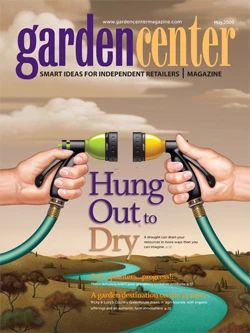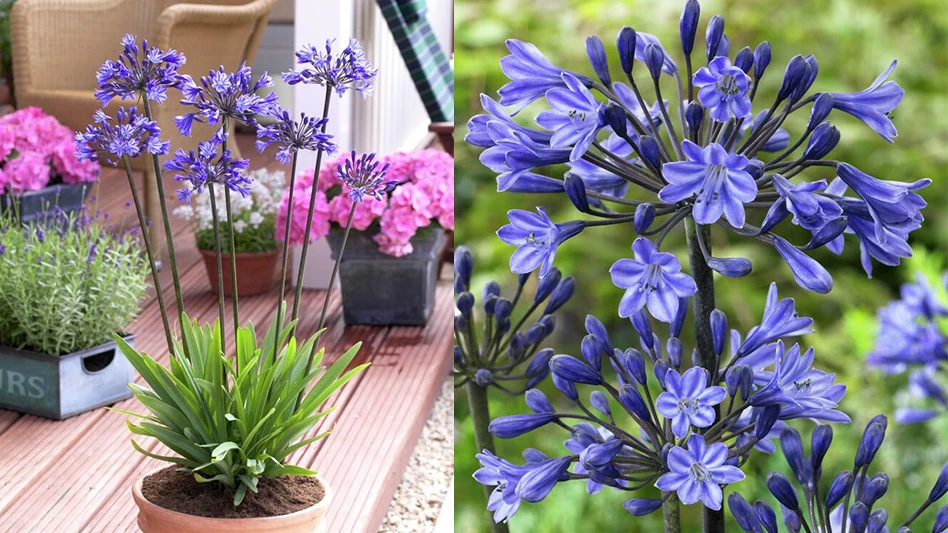| New plants are changing the way we garden, landscape and produce plants. Long thought to be the “bones” of the garden, shrubs are now the ornamentation, too. Once the backdrop for perennials and annuals, a new breed of flowering shrubs has proven itself as colorful and as showy as any herbaceous plant. Think for a moment about how Endless Summer has changed the way we view hydrangea, or how Wine & Roses has influenced our old perception of weigela as a one-season plant. These are but a few of the better-known examples, but there are many more subtle, yet significant changes taking place over a wide range of species. Growers and retailers need to understand these changes if they hope to benefit and meet demand. For example, when I Googled the plant name Leptodermis oblonga four years ago I got zero responses. The other day I got 2,808 references, including long discussions by gardeners communicating in forums. Did you know this great little shrub blooms all summer long? Obviously, the word has gotten out to gardeners. |
 The Plant Hunter Spring Meadow Nursery Proven Winners Color Choice |
Flowering shrubs take off
What’s driving this explosion of new and improved shrubs? First, there is intense competition at retail. Savvy garden centers know they have to differentiate their stores from the competition. Offering new and improved plants sets a garden center apart from competitors, particularly box stores. Big-box stores have been more concerned about price than the actual product. Generally, they won’t pay extra for superior genetics because they don’t understand plants.
The point is that independents understand what makes a good plant, and they are actively looking for new products to compete and win in the marketplace. Additionally, retailers have great freedom to set higher prices on new plants. It’s difficult, if not impossible, to raise the price on garden mums. But when you have a new pink ‘Annabelle’ hydrangea, and there is limited supply, then you have the opportunity to make some money.
The second driving force behind new plants has been the increased use of plant protection. Plant breeders can now make a return on their breeding investment. Canada has a new breeders’ rights law, and Europe now has the European Union-wide breeders’ rights system. In the U.S., people who have long opposed the plant patent system now see that patents, if used properly, can benefit everyone. Open licensing and returning a portion of the royalties to marketing the plants has created new value for breeders, growers and the retailers. And gardeners are getting better plants.
Another driving force behind the development of new shrubs was the rapid growth of the perennial market. Perennials helped to grow a new crop of gardeners, particularly women gardeners. Before perennials, the yard was mostly a man’s domain. As perennials came into vogue, women learned that the garden could be more than just annuals and that gardening is not as complicated as the books and magazines make it out to be.
As the perennial market matured, shrubs were the next natural step. After all, shrubs are perennials; they just happen to have woody stems. The advent of container-grown shrubs also helped the cause. Clean and reasonable in size, containerized shrubs meet the needs of today’s gardener.
| Success breeds success Lastly, success drives success. The success of new shrubs has awakened plant breeders, nurseries, retailers and gardeners to the value of flowering shrubs. Reblooming viburnum, dwarf clethra, ground covering forsythia, purple sambucus, dwarf buddleia and reblooming syringa are just a few of the recent advances. It often starts with one new plant and builds rapidly. When I was in college some 25 years ago, people laughed at me for putting Clethra alnifolia in a landscape plan. Then along came Clethra ‘Hummingbird.’ It was an obscure plant that Fred Galle of Callaway Gardens in Pine Mountain, Ga., had discovered and for the most part had forgotten. Then Richard Feist, a Callaway intern at the time, saw the plant, and bells went off. With the permission of Galle, he registered the plant as ‘Hummingbird’ and then wrote a few articles. All of a sudden, clethra clones start coming out of the woodwork. |
 Hydrangea Let's Dance Moonlight |
It’s that way with many species. Just look at the next generation of reblooming Hydrangea macrophylla; Forever and Ever, Let’s Dance Moonlight and Let’s Dance Starlight are improvements built upon the success of Endless Summer. And on it goes—shrubs are improving at an exponential rate.
New and superior plants and the fundamental changes taking place in the market represent opportunities for nurseries and garden centers. There is real unfulfilled demand for superior varieties, and consumers are willing to pay extra for them. The most commonly asked question I hear from retailers and from gardeners is, “Where can I find them?”
Are you up-to-date on the changes in the shrub market? I’ve listed some plants that have had or will have a significant impact on the shrub market. These plants are changing the way we view shrubs. How many of these plants do you offer?

Explore the May 2009 Issue
Check out more from this issue and find your next story to read.
Latest from Garden Center
- Meet the All-America Selections AAS winners for 2025
- AmericanHort accepting applications for HortScholars program at Cultivate'25
- 2025 Farwest Show booth applications now open
- The Garden Center Group hosting 'The Financial Basics of Garden Retailing Workshop Series'
- Weekend Reading 11/22/24
- Hurricane Helene: Florida agricultural production losses top $40M, UF economists estimate
- Terra Nova Nurseries shares companion plants for popular 2025 Colors of the Year
- Applications open for Horticultural Research Institute Leadership Academy Class of 2026





